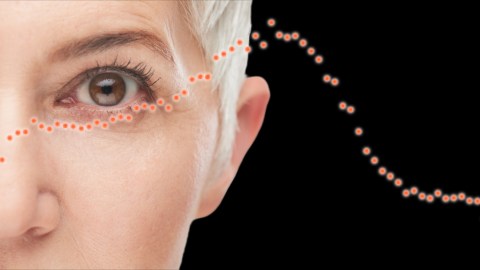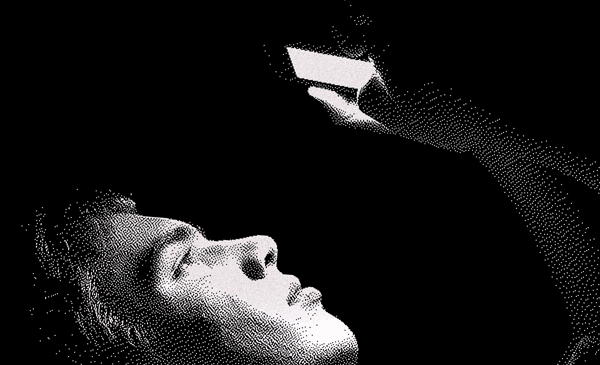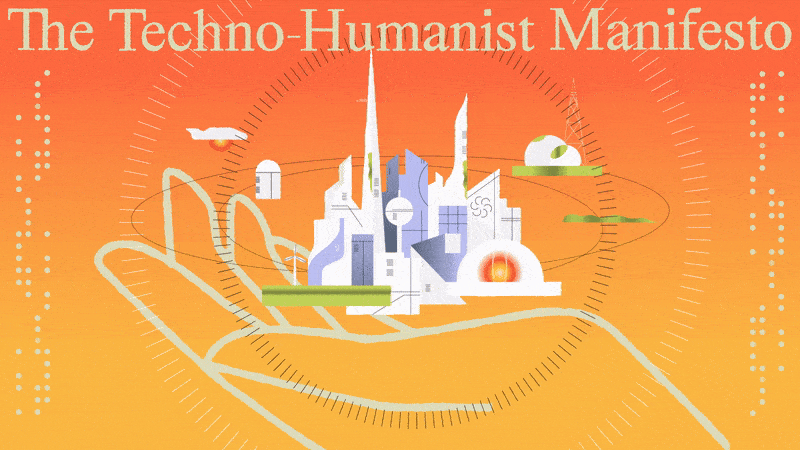The worst time of middle age? When you’re 47.

Image source: National Bureau Of Economic Research, ©2020 David G. Blanchflower/Milan Ilic Photographer/Shutterstock/Big Think
- In 132 countries, a clear U shape is seen in happiness in the late 40s.
- The study controls for influencing factors in arriving at its conclusions.
- Three possible reasons for a post-middle-age return to happiness are suggested.
It’s a good-news, bad-news thing. The bad new first: Statistically speaking, according to a a new study and companion paper, if your 47th birthday was 73 days ago, this is the worst time of your life. (That means you’re 47.2 years old in case you’re too depressed to do the math.) The good news: Things can only get better. The even better news: If you’re doing well these days, lucky you, though if you live in the developing world, you’ve got another year until things bottom out.
The research comes from Dartmouth’s David Blanchflower in two new reports published by the National Bureau of Economic Research. It’s hoped the conclusions drawn in the studies provide additional insight for those providing mental-health care, or those experiencing difficulties themselves. Middle age is a rough passage for many people. Blanchflower writes, “It seems that the middle aged have had particular difficulties in adapting in the years of slow growth since the Great Recession of 2008 and 2009. The interaction between a nadir for happiness among the middle-aged along with a major downturn has had major social, political and health consequences that have reverberated around the world.”

Image source: fizkes/Shutterstock
A world full of middle-age blah
For “Is Happiness U-Shaped Everywhere? Age And Subjective Well-Being In 132 Countries,” Blanchflower analyzed data from ninety-five developing countries and thirty-seven advanced countries to conclude there’s a universal “happiness curve” in life, a U shape that reaches its lowest point in middle age. It was so common in the data, Blanchflower writes, that “It was really hard not to find the U-shape.” Surprisingly, “the curve’s trajectory holds true in countries where the median wage is high and where it is not and where people tend to live longer and where they don’t.”
Paradoxically, those living in less developed regions, and who thus have a shorter average lifespan, get an additional year before hitting rock bottom, though that bottom may be worse. In the supplementary study, “Unhappiness and Age,” Blanchflower writes, “The resiliency of communities left behind by globalization was diminished by the Great Recession which made it especially hard for the vulnerable undergoing a midlife crisis with few resources to withstand the shock.”
One of the questions Branchflower was interested in investigating is whether or not “unhappiness is simply the inverse of happiness.” Supporting the notion is that the data revealed an inverted U unhappiness curve. Blanchflower writes:
“The happiness curve was found using a variety of measures of well-being but was especially [based on] happiness and life satisfaction. But a group of other measures were used including views on politics and the economy as well as with an individual’s life experience including their family [life], their living standards, the local area where they lived and [so] on.”

Despair among White U.S. residents during two overlapping periods, with and without controls
Image source: National Bureau Of Economic Research, ©2020 David G. Blanchflower
Defending his methods
Blanchflower’s approach is not without controversy.
In response to earlier research, he writes, one critic protested “that the appearance of this U-shaped curve of well-being is the result of the use of inappropriate and questionable control variables,” especially marital status. Blanchflower says in rebuttal that the U shape appears even without such controls, as shown above.
The dispute appears to hinge on the conclusions one wants to draw from collected data. As an example, Blanchflower says that when pronouncing a simple statistical truth — citing “smokers die at rate Z” — not factoring in other controls makes sense. However, this wouldn’t be the case when attempting to identify implications within the data, one of the goals of his research. Using aging’s effect on happiness and its role in relationships as an example, he writes, “it would likely be an error to use an equation without controls to tell the public what impact aging has on happiness without separating out the effects of other variables such as, say, education, marriage or unemployment.”

Image source: Mathew Bennett/unsplash
What’s going on
Blanchflower suggests three possible reasons for people’s mid-life crises and their ability to bounce back from them:
- Individuals learn to “adapt to their strengths and weaknesses, and in mid-life quell their infeasible aspirations.”
- One becomes grateful in time for the good things in their lives. Blanchflower cites his personal experience: “I have seen school-friends die and come eventually to value my blessings during my remaining years.”
- It could be that cheerful people live longer, and that the U-shape simply reflects this.





